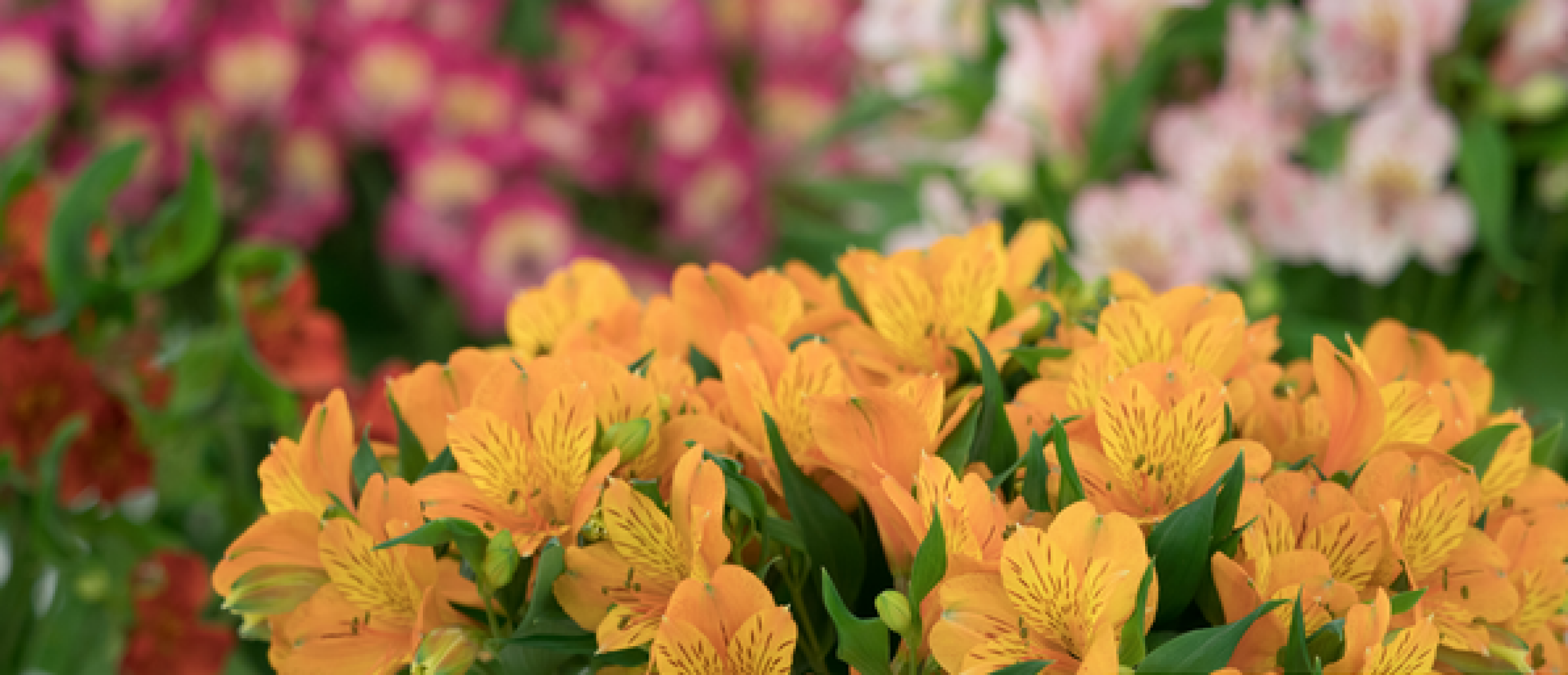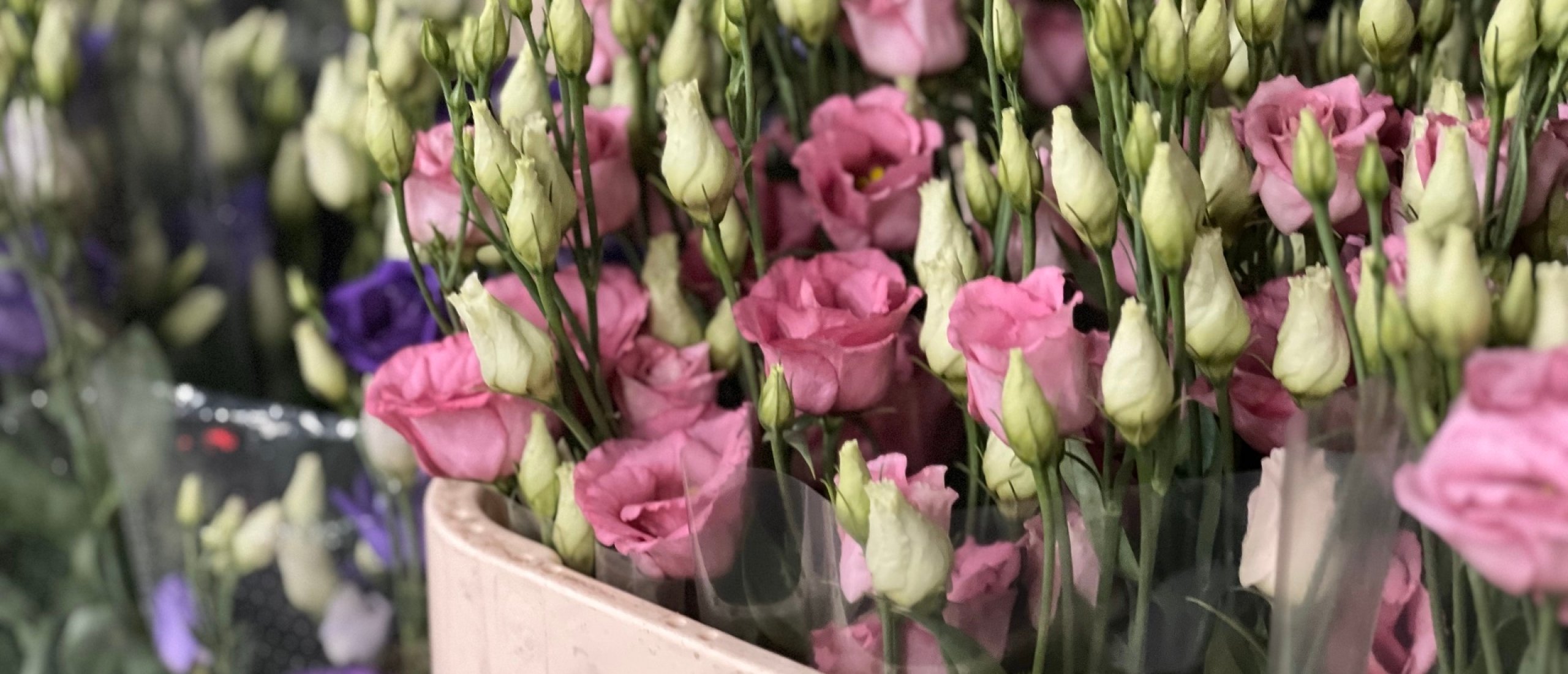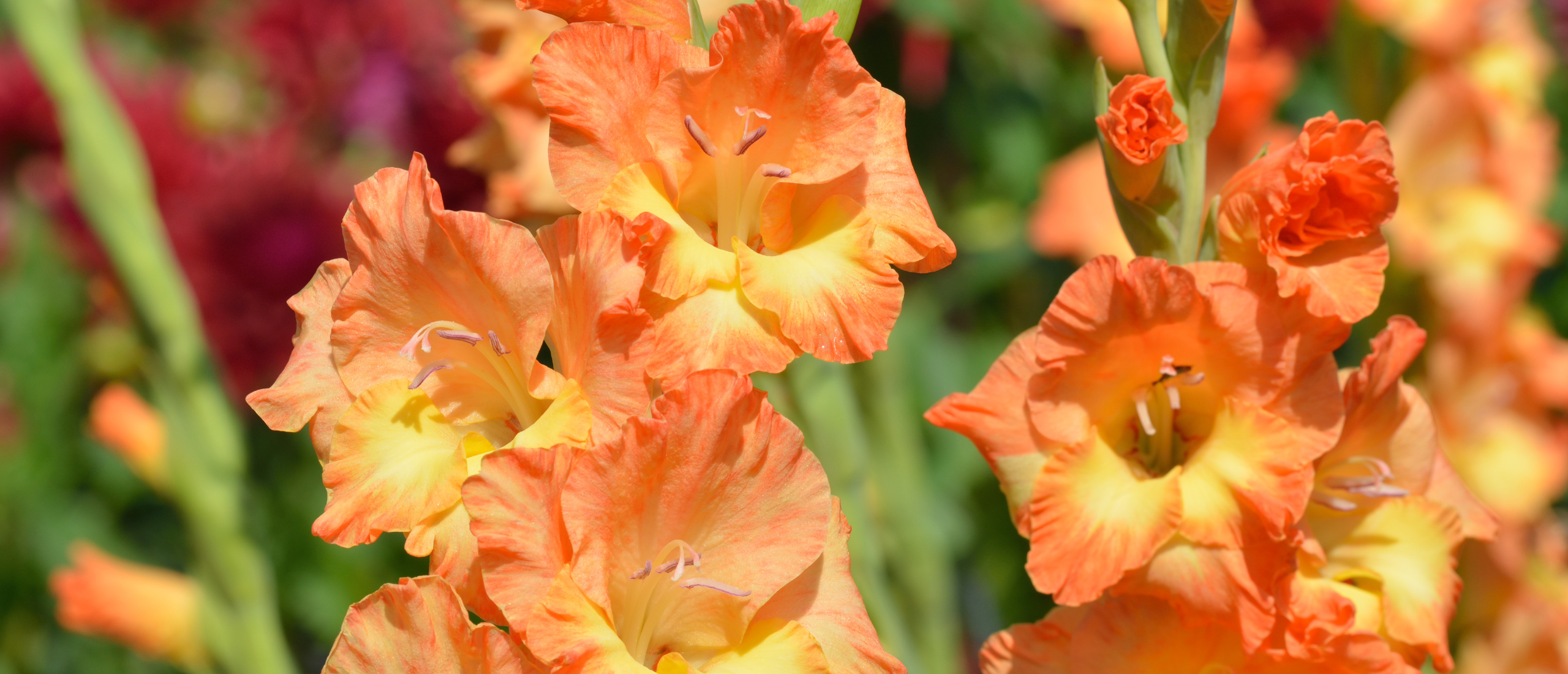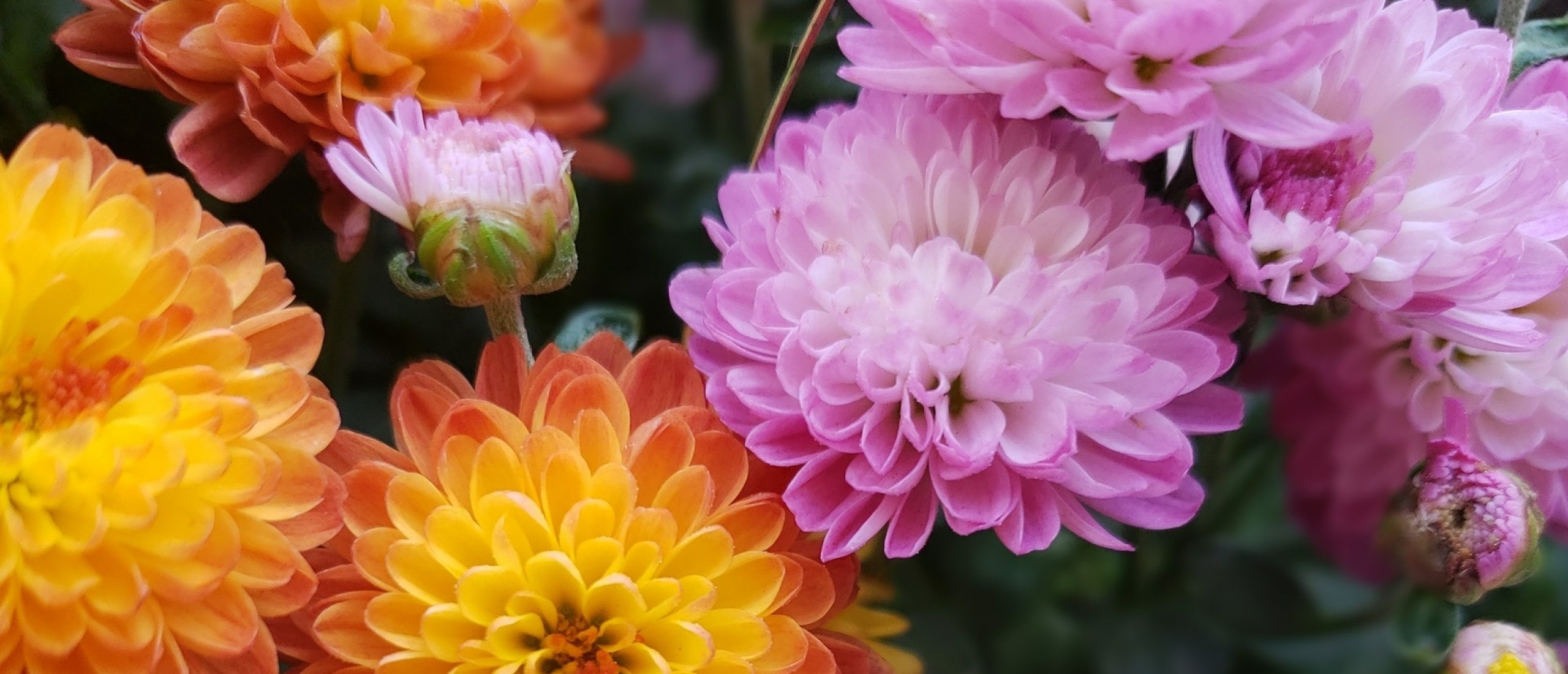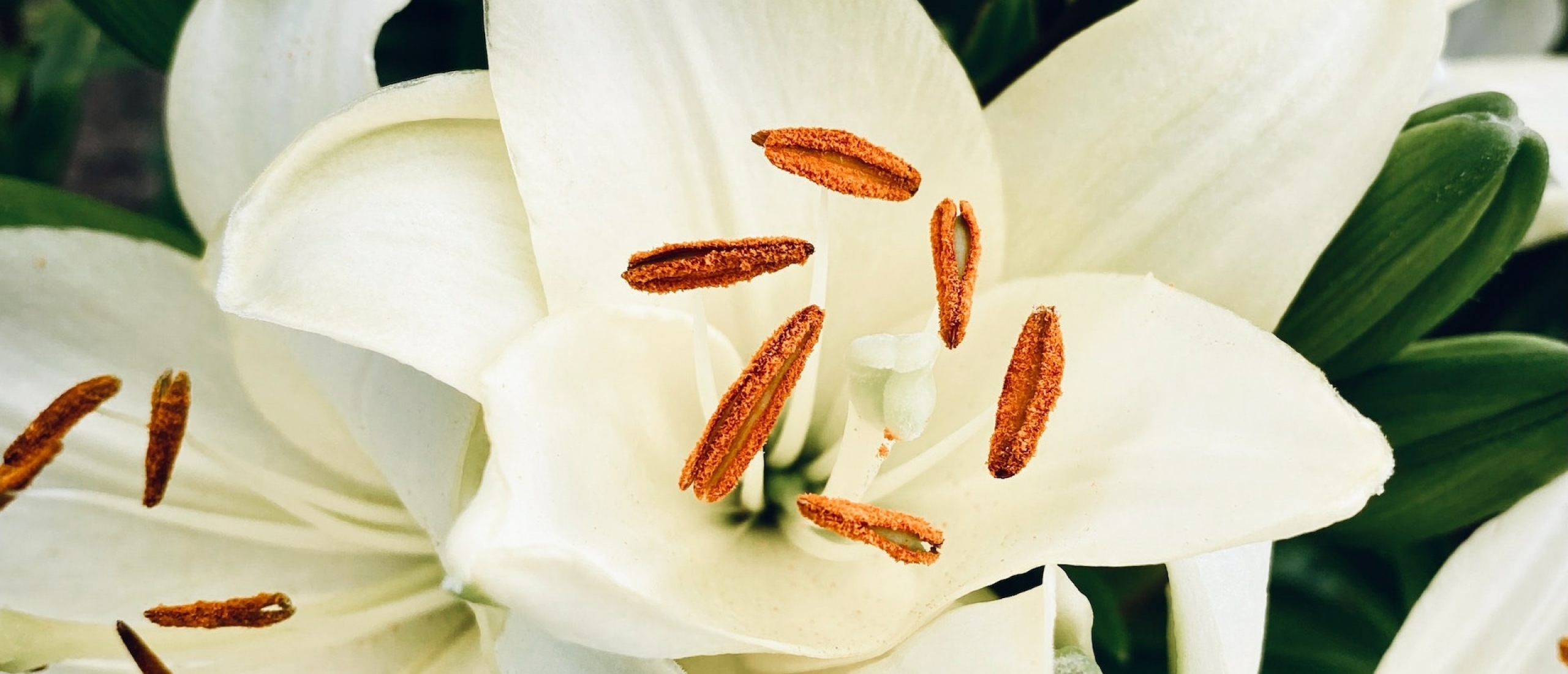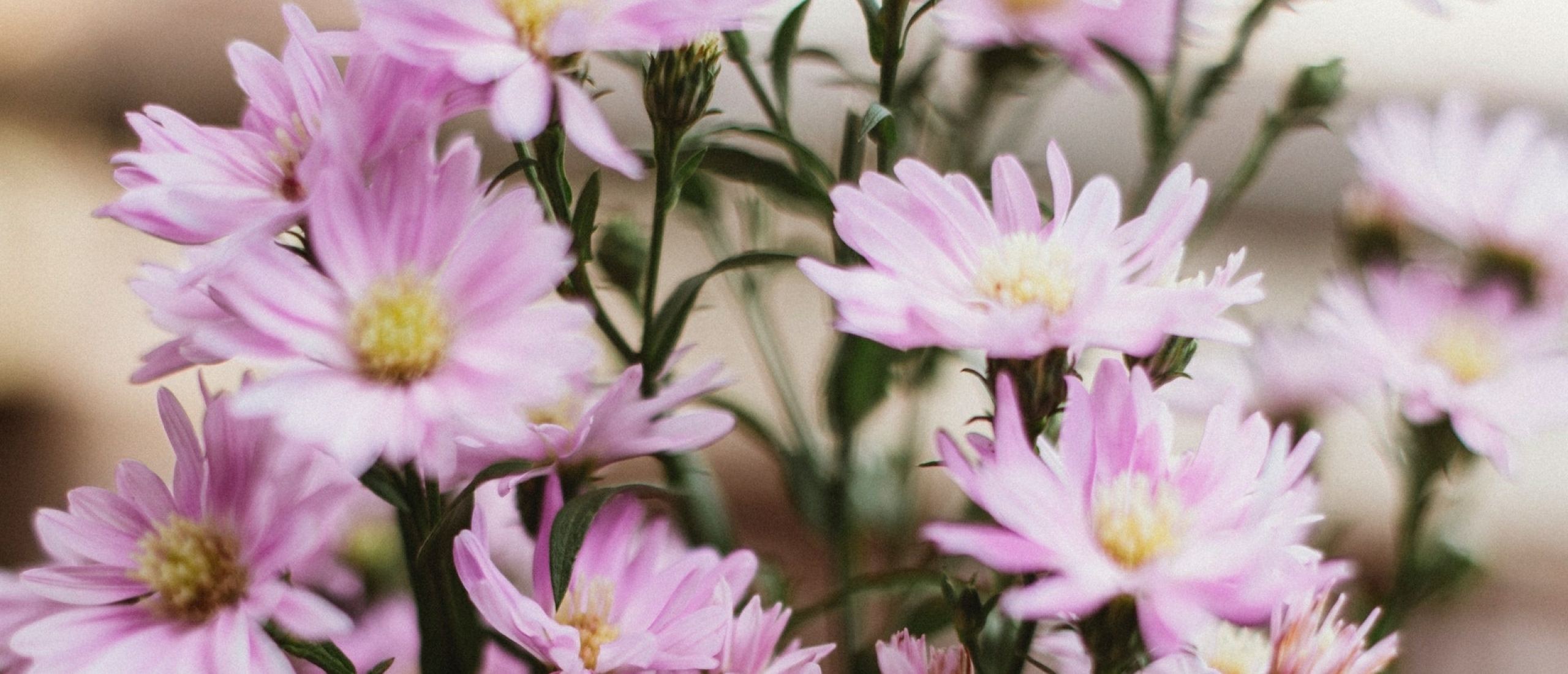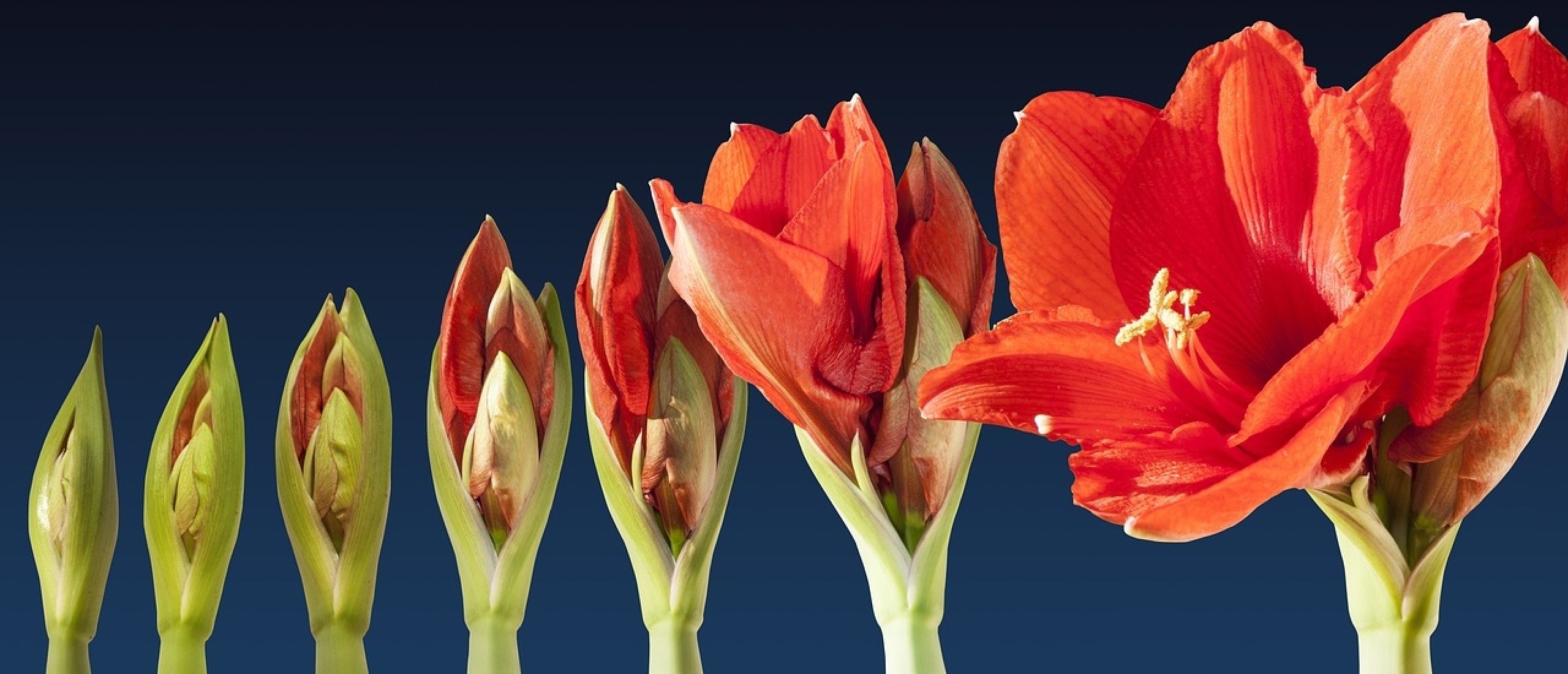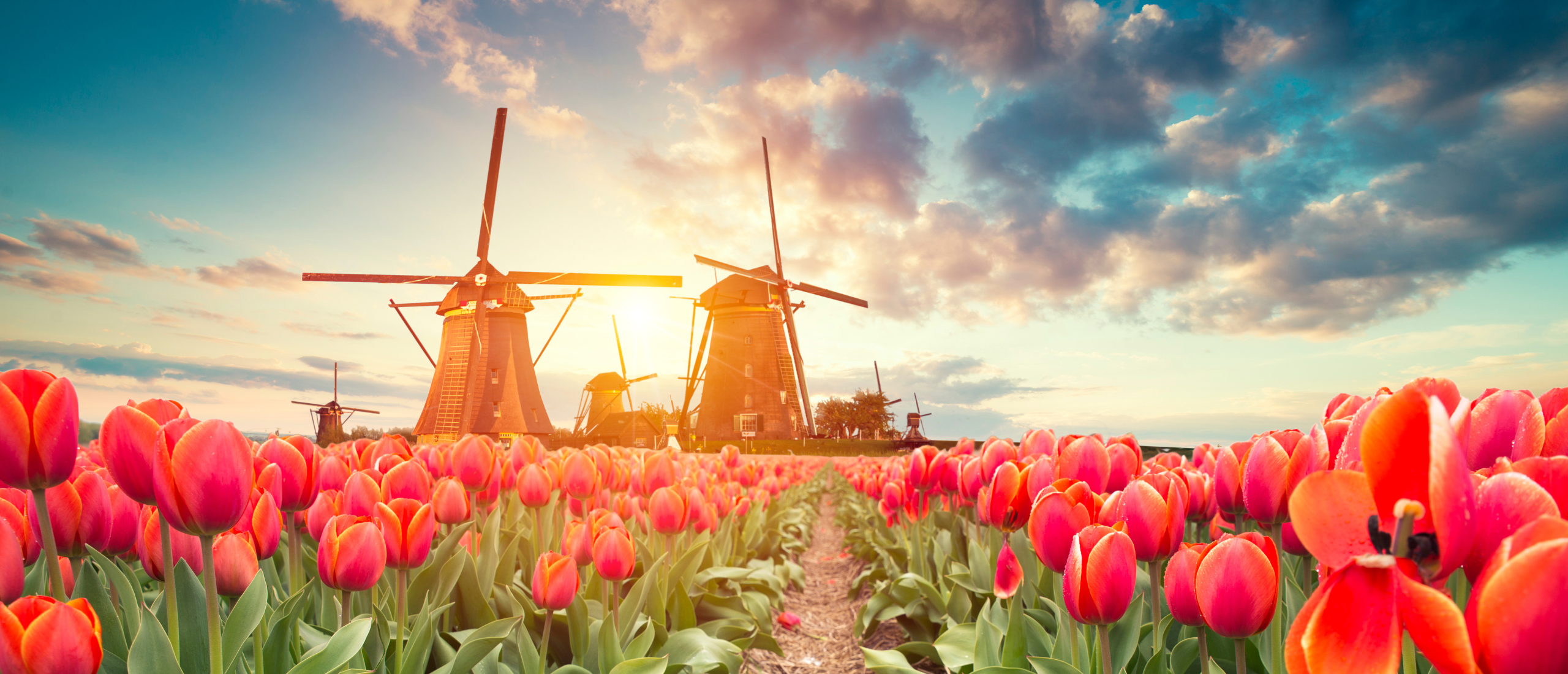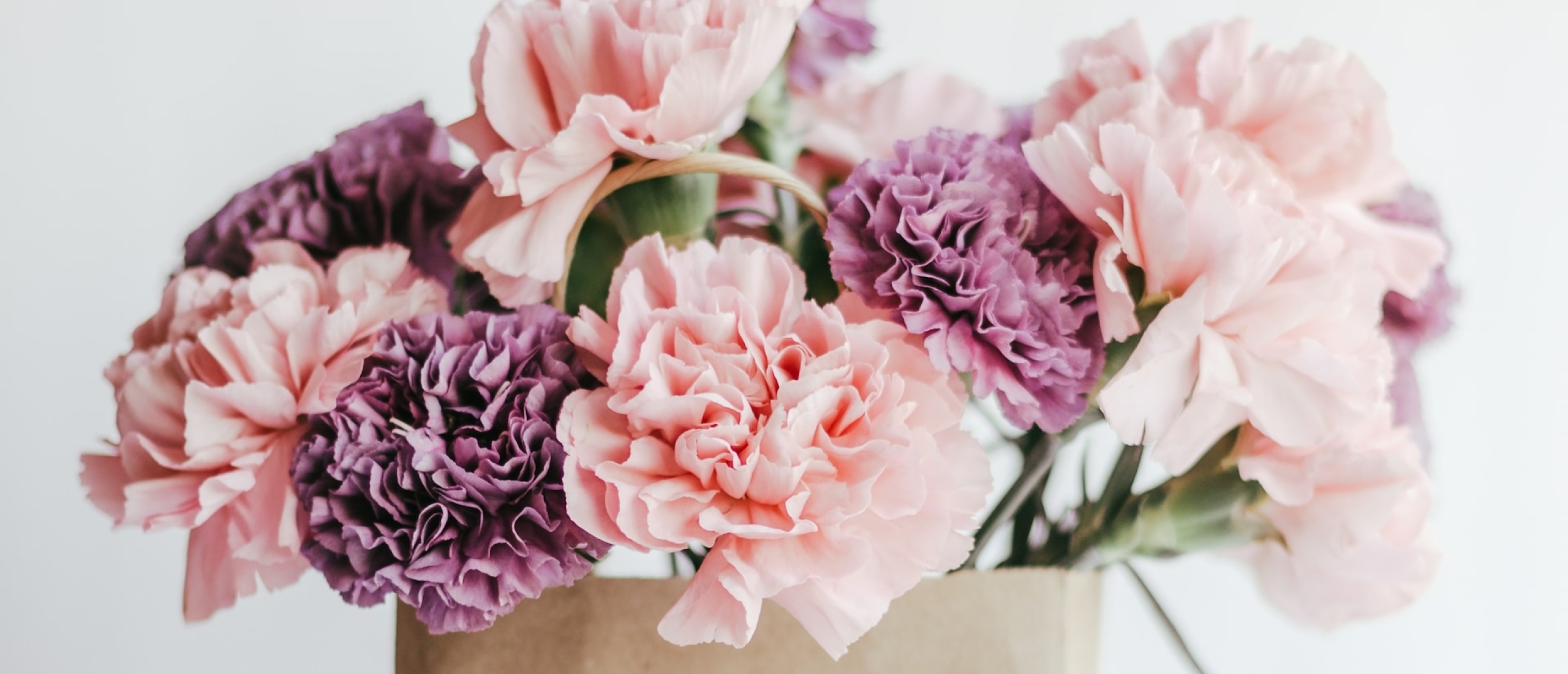
Discover the Meaning of Birth Flowers: The Perfect Birthday Gift
Imagine being able to give a birthday present that is not only beautiful but also deeply personal and symbolic. Flowers have always held a special place in celebrating significant moments, and birth flowers offer a unique way to convey your well wishes.
What Are Birth Flowers?
Each month has its own birth flower, a flower traditionally associated with that specific month, much like how a birthstone is linked to your birthdate. Birth flowers carry their own meanings and symbolism, making them the perfect gift to add a personal touch to birthday bouquets.
While many people are familiar with birthstones, birth flowers often remain undiscovered treasures. But that's a missed opportunity! Can you imagine the recipient's appreciation for a personalized bouquet?
Birth Flowers by Month
January - Snowdrop (Galanthus) and Carnation (Dianthus caryophyllus)
January boasts not one but two birth flowers: the snowdrop and the carnation. These are two flowers that thrive in the winter. Carnations are incredibly popular flowers with a rich history dating back thousands of years. It's said that the first carnations bloomed from the tears of Mary shed over Jesus. Therefore, the carnation carries Christian symbolism and generally symbolizes devotion, loyalty, and love, although this can vary depending on the flower's color. And what about the snowdrop? The snowdrop symbolizes hope and new beginnings, fitting for the fresh start of the new year.
February - Violet (Viola) and Primrose (Primula)
Despite February being associated with Valentine's Day, the birth flower isn't the rose. It's the violet and the primrose. The violet symbolizes humility, faithfulness, and spiritual wisdom. It also has a connection to love, as the ancient Greeks used violets to make love potions. The primrose symbolizes a new beginning, growth, and hope. Iris is also often mentioned as a birth flower for February, symbolizing faith, courage, and wisdom.
March - Daffodil (Narcissus)
The mythological origin of the daffodil is tied to Greek mythology. According to the legend, Narcissus, a handsome young man, was so in love with his own reflection in a pond that he stared at it and refused to look away. Eventually, he died while gazing at his own reflection, and in the place where he died, a beautiful yellow flower grew, which we now know as the daffodil. The daffodil symbolizes renewal and positivity but also vanity and self-centeredness. It's no wonder March has the daffodil as its sole birth flower. The daffodil often heralds the arrival of spring, with its bright yellow or white flowers poking through the ground early in the year, symbolizing the start of a new growing season after winter. The daffodil is often associated with optimism and joy because of this early spring appearance.
April - Daisy (Bellis perennis) and Sweet Pea (Lathyrus)
April has two beautiful birth flowers: the humble daisy and the charming sweet pea, also known as the dainty pea. These birth flowers add a touch of playful innocence and dedication. The daisy is also known for its tradition of predicting love with its "he loves me, he loves me not" game. The sweet pea, with its delightful fragrance, brings a sense of friendship and warmth. In addition to symbolizing friendship, it also represents delicacy and gentleness.
May - Lily of the Valley (Convallaria majalis) and Hawthorn Blossom (Crataegus monogyna)
The lily of the valley, with its bell-shaped flowers and delightful fragrance, is May's birth flower and symbolizes happiness, humility, and sweetness. A Scandinavian legend connects lily of the valley with the legendary dragon Fafnir. In this story, Fafnir was defeated by the hero Sigurd (or Siegfried), who roasted and tasted the dragon's heart. After doing so, he began to understand the language of birds. These birds told him about a treasure, which he eventually found along with a lily of the valley. This little flower symbolized purity and innocence and was associated with the triumph over evil.
Hawthorn blossom adds hope and balance to this special month. The delicate white flowers of hawthorn radiate a tranquil beauty, symbolizing the transition from spring to summer.
June - Rose (Rosa) and Honeysuckle (Lonicera)
The rose, also known as the queen of flowers, is June's birth flower and has symbolized love and passion for centuries. In addition to romance, roses were used to keep secrets under the "rose." Roses come in various colors, and each color carries a different meaning. Honeysuckle, with its sweet fragrance and beautiful flowers, symbolizes love's bonds, reliability, and dedication. These birth flowers add a touch of enchantment to June.
July - Delphinium (Larkspur) and Water Lily (Nymphaea)
July brings the beautiful birth flowers delphinium, also known as larkspur, and the serene water lily. Delphinium symbolizes joy, positivity, and liveliness, which perfectly suits summer celebrations. The flower was named after the dolphin by the ancient Greeks because its blossoms resemble this magical creature. While water lilies are challenging to include in a bouquet, they're still worth mentioning. These beautiful flowers float on tranquil ponds and bring a sense of peace and serenity. They symbolize purity, unity, and balance.
August - Gladiolus and Poppy (Papaver rhoeas)
The birth flowers for August are the gladiolus and the poppy, both typical summer flowers. The gladiolus is a symbol of strength and integrity. Its name, "gladiolus," comes from the Latin word "gladius," which means sword, due to its sword-shaped leaves. The poppy, with its vibrant colors, represents imagination and shared memories. Together, they add abundant meaning to the month of August.
September - Aster and Morning Glory (Convolvulus)
Asters, September's birth flowers, are like a colorful autumn breeze. These flowers radiate love and patience. The name "aster" comes from the Greek word "aster," meaning star, due to their star-shaped petals. Asters are often associated with enchanting purple, pink, and blue hues. They symbolize sincerity and happy old age.
Morning Glory, another birth flower for September, symbolizes victory, glory, and gratitude. This beautiful climbing plant is known for its delicate, tube-shaped flowers and curling tendrils. Just as the morning glory climbs upward, these flowers often represent growth and progress.
October - Marigold (Calendula) and Cosmos
Marigold, also known as the calendula, shines as October's birth flower. They symbolize gratitude, admiration, stubbornness, and steadfastness. The name "calendula" is derived from the Latin word "calendae," meaning the first day of the month, and this flower indeed brings a radiant start to October. Marigolds are known for their warm, golden hues and are often associated with sunshine and positivity. Marigolds have a rich history as medicinal herbs, used even by the Aztecs in healing rituals.
Cosmos, another birth flower for October, represents cheerfulness and playfulness. The delicate flowers seem to dance in the autumn breeze, bringing a smile to your face. Cosmos flowers are commonly found in gardens and symbolize the joy of life.
November - Chrysanthemum
The chrysanthemum, with its rich symbolism, is November's birth flower. These flowers represent friendship, joy, and loyalty. Chrysanthemums have traditionally been associated with warmth and affection. In many cultures, they are considered flowers of honor and respect, often used in memorial services and as gifts to show appreciation. Globally, chrysanthemums are among the most beloved cut flowers due to their diverse colors.
December - Daffodil (Narcissus) and Holly (Ilex)
Narcissus not only blooms in March but also in December, continuing to symbolize renewal. Holly is the other birth flower for December, although it's not technically a flower, and represents peace, fertility, and protection. This vibrant green shrub with bright red berries is a classic decoration during the holidays, bringing joy and warmth to the winter month.
The Perfect Birthday Gift
So why settle for a standard bouquet when you can create a beautiful bouquet with birth flowers that the recipient will truly find meaningful? Each birthday comes with a different flower, so why not choose something that reflects their personality and character? Allow your customers to leave your store with a bouquet that has a story and personal significance.

